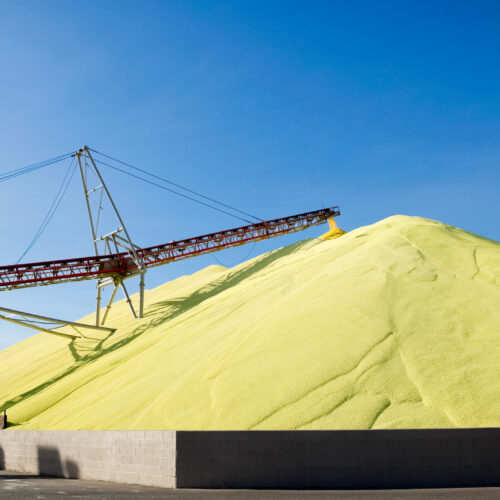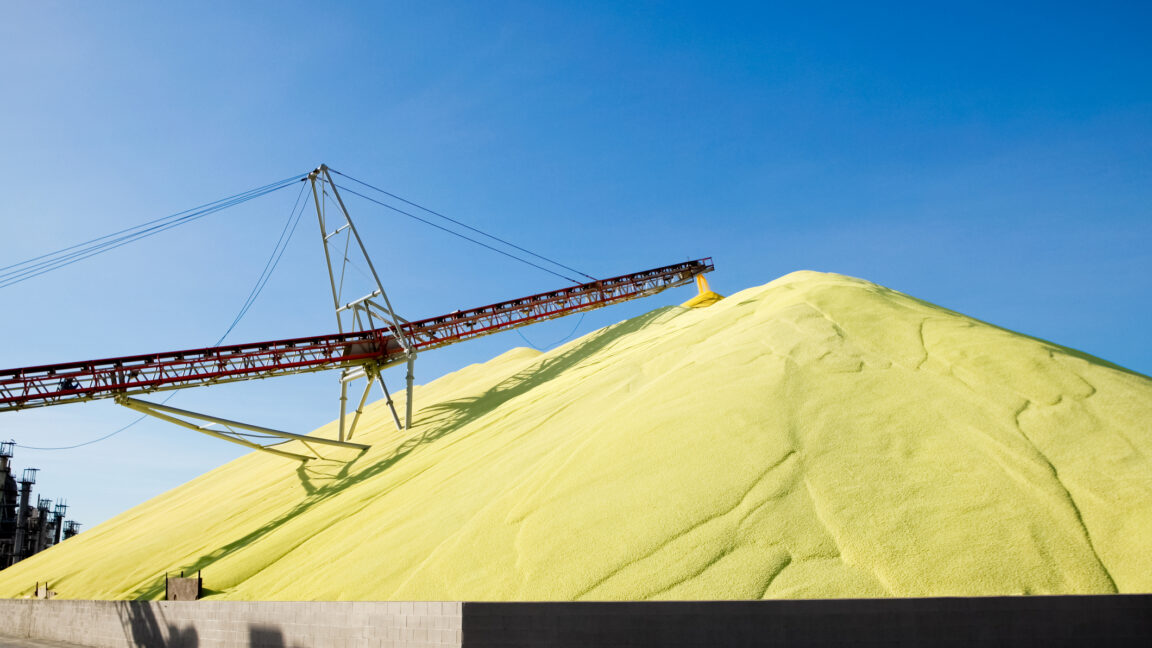A solid electrolyte gives lithium-sulfur batteries ludicrous endurance
Lithium may be the key component in most modern batteries, but it doesn't make up the bulk of the material used in them. Instead, much of the material is in the electrodes, where the lithium gets stored when the battery isn't charging or discharging. So one way to make lighter and more compact lithium-ion batteries is to find electrode materials that can store more lithium. That's one of the reasons that recent generations of batteries are starting to incorporate silicon into the electrode materials.
There are materials that can store even more lithium than silicon; a notable example is sulfur. But sulfur has a tendency to react with itself, producing ions that can float off into the electrolyte. Plus, like any electrode material, it tends to expand in proportion to the amount of lithium that gets stored, which can create physical strains on the battery's structure. So while it has been easy to make lithium-sulfur batteries, their performance has tended to degrade rapidly.
But this week, researchers described a lithium-sulfur battery that still has over 80 percent of its original capacity after 25,000 charge/discharge cycles. All it took was a solid electrolyte that was more reactive than the sulfur itself.


© P_Wei